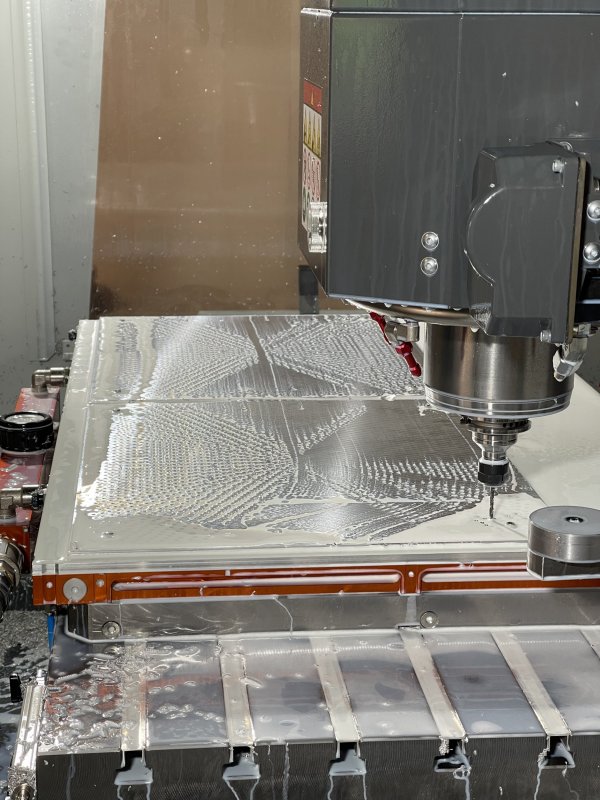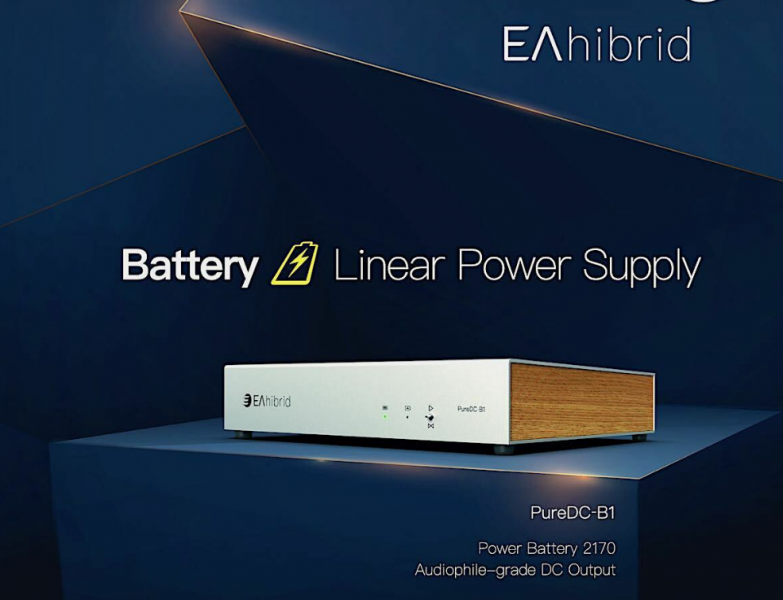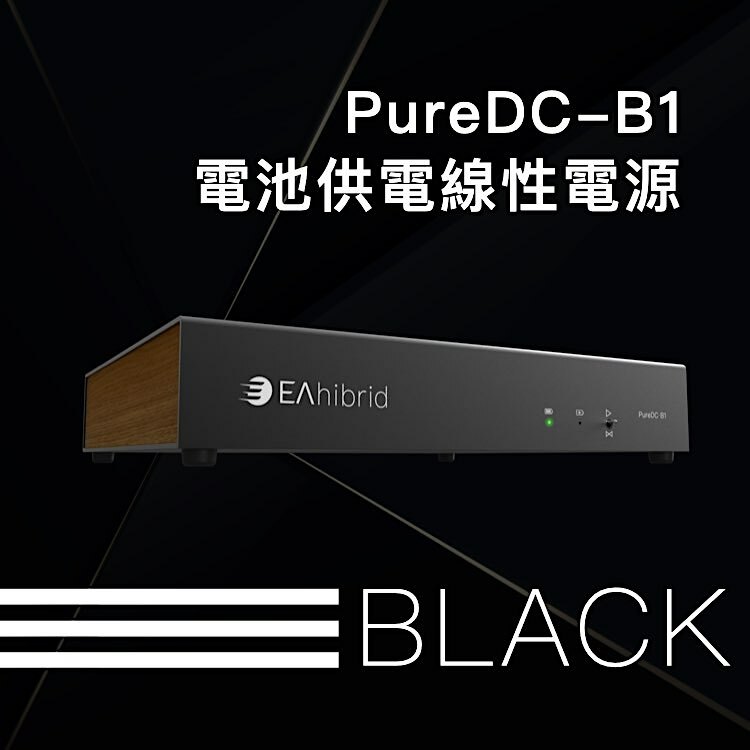Beyond the Bakoon, there is the EAhibrid PureDC-B1 which outputs 5, 9, or 12V.
View attachment 95315
PureDC-B1 Battery Linear Power Supply (Black)PureDC-B1 é»æ± ç·é» é»è²ï¼é»æ± ä¾é» ç·æ§é»æºï¼

www.eahibrid.com
The website states that 2170 Li-ion batteries are used with a burst discharge capability of 45-50A. At 5V, that suggests an output impedance of around 100 milliohms which is not great and output impedance will be even higher at 9 and 12V.
The Bakoon BPS-02 claims a "peak" output capability of 1.5A which is hard to believe but if true, means this PSU has horribly high output impedance of >3 ohms at 5V.
At least on paper, it would be difficult for me to recommend either of these battery solutions but if isolation is what you are after, I suppose you would achieve that with these units.
For 5-24V, you would be better off with something like a Sean Jacobs ARC6 DC4, Plixir Eilte BDC, or a Farad even though they are connected to mains, imho.
As for balanced power, the Plixir Elite BDC uses a balanced transformer as do my Paul Hynes power supplies. Having owned an Equitech Son of Q (also a balanced power supply) along with power supplies from Plixir and Paul Hynes, they do a good job but it is my understanding that balanced power does not provide complete isolation as they mitigate common mode noise but not transverse (or differential) mode noise. My Plixir and Paul Hynes supplies and their balanced transformers both benefit significantly by being plugged into my TT-7 which specializes in transverse mode noise to 3GHz.
This makes the BPS that Emile has developed all the more compelling and why he calls it a "problem solving" power supply because it offers true isolation, a nanovolt level noise floor, and ultra low impedance. And yes, the process of DC to AC inversion or AC to DC rectification generate their own noise and will impact noise floor and so to completely stay within the DC realm from beginning to end is ideal. At least on paper, Emile's BPS is as pure and perfect a power supply as I can imagine.
















